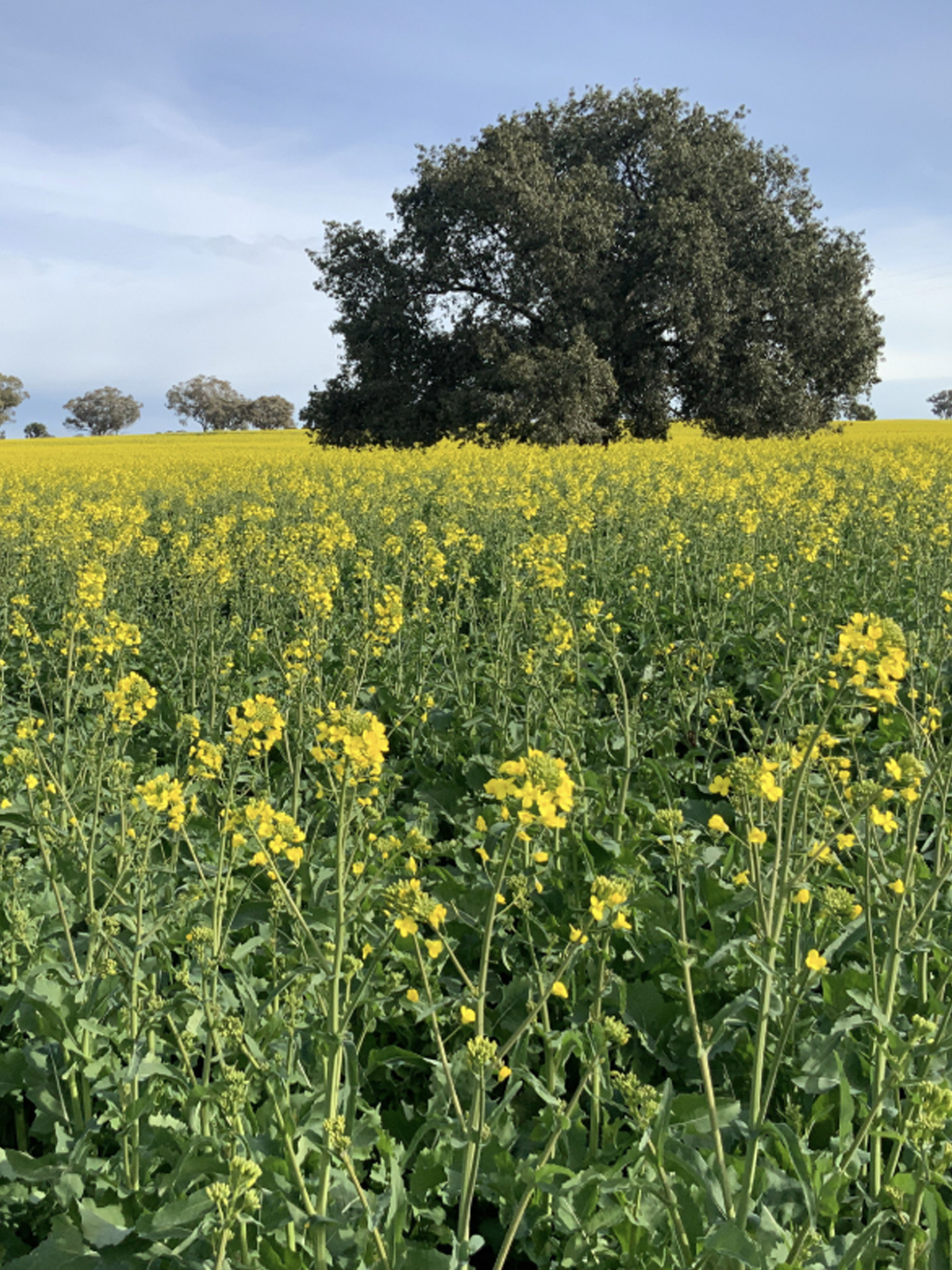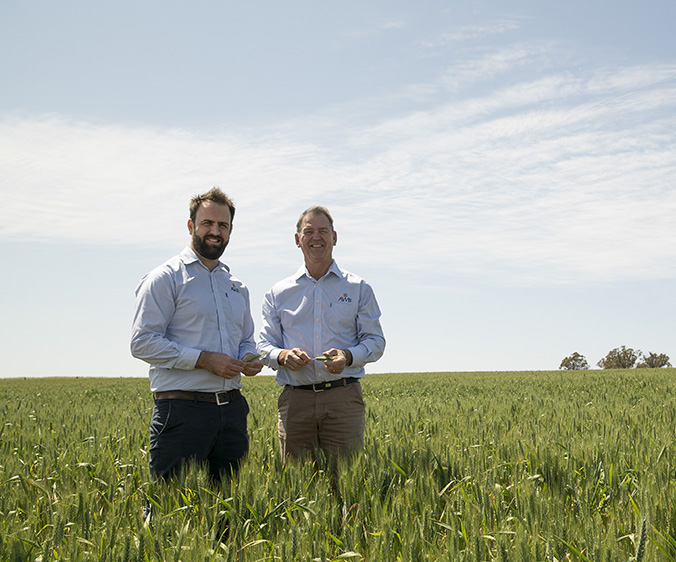What do changing global canola seed flows mean for Australia?
By Samuel Reichstein
As the European rapeseed (canola) harvest comes to an end and the Canadian canola harvest just about to get underway, an update on canola seed trade flows is a timely topic given disruptions with COVID 19 and continuing global political tensions.
European rapeseed production has been below average, due to a lower planted area, as well as lower yields on average. Demand for rapeseed oil remains strong in Europe, as a result, imports of canola seed will be higher to make up the balance. Traditionally, Europe imports the majority of canola seed from the Black Sea and Australia. This year, Canadian imports into Europe will again increase strongly, as the China/Canada political issues remain unresolved, which is restricting canola seed flows into China. With no export flow to China, Canada has had to adapt to find alternate markets. Europe was the next logical step given the strong canola seed crush capacity underpinned by strong oil demand. The European market has traditionally only had demand for Non GM canola seed, however, both Canadian and European supply chains have quickly adapted to accommodate an increased flow of GMO seeds from Canada to Europe and the European crusher has segmented their demand markets to accommodate crushing more GMO canola seeds.
The Canadian harvest is just about to get underway and the market is forecasting over 2 million tonnes of seed to flow from Canada to Europe, which is significant given 2 years ago, this number would have been zero or very close to it. This significant change in seed flow between Canada and Europe will have pro’s and con’s for Australian canola. Firstly, it will reduce Europe’s demand or reliance on Australian imports. Given Australia is predominantly a Non GM producer and Canada a GM producer, Canadian seed will never fully displace Australian Non GM seed, however it certainly will compete for the swing demand where consumers can use either GM or Non GM. This is a bearish input for Australian canola. On the flip side, with Canadian seed not flowing to China, something needs to replace this. Today, China is crushing significantly less canola seed without the Canadian flows. This has increased demand for canola oil imports into China to satisfy the growing Chinese canola oil demand. As a result, the canola oil market is strong and will incentivise strong crush demand for canola seed in Australia. Alternatively, if Chinese crushers want to start crushing canola seed due to strong margin opportunities, unless the political landscape changes between Canada and China, the logical next step will be for Chinese crushers to import Australian canola seed, which would significantly increase the demand and be bullish for Australian canola.
With a big canola crop forecast to be coming at us in Australia, the detail on trade flows will be very important to determining demand and therefore prices. Prices today are certainly very strong historically for canola as a result of a tighter global oilseeds and vegetable oil outlook. As always with markets, this can change quickly, particularly in the current environment with political inputs and COVID unknowns. Weather, as always, will be the next input somewhere around the world.
SA Market Wrap - August

Well August couldn’t come quick enough with many regions recording the driest July on record.
Read MoreBig crops globally muddy the outlook for Australian grains

A weaker system moved through NSW and QLD last weekend with totals ranging from 2-25mm across the respective states.
Read MoreWA Market Wrap - August

Whilst there is always someone that misses out, the rainfall over the past couple of weeks in most of the state and for that matter the grain growing areas of the nation have been significant.
Read MoreThe Forecast Giveth and Taketh Away

There is no sweeter sound than that of well-timed rain falling on a tin roof - and last week’s rain played a very pleasant tune indeed.
Read More